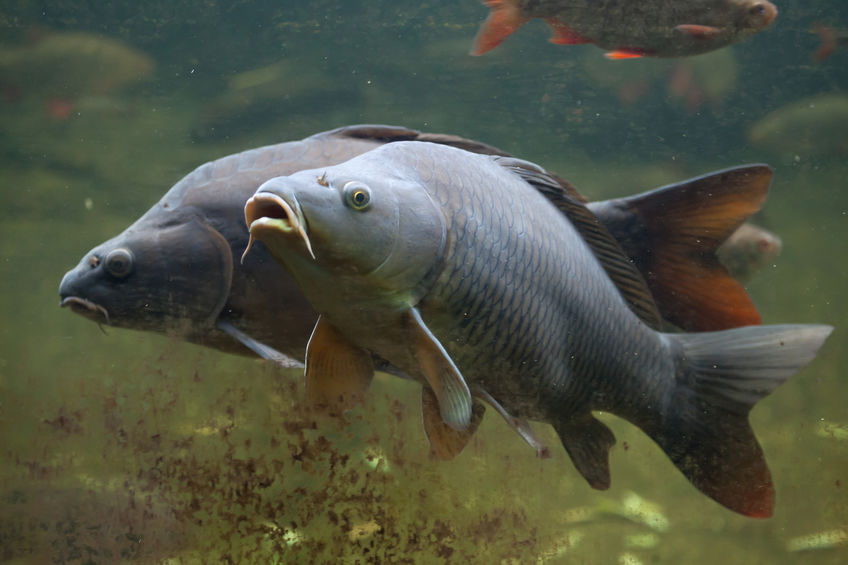The Asian Carp was brought to the U.S. in the 60’s and 70’s to control weeds and parasites and improve water quality. But the fish has turned out to be more of a foe than friend to fishermen from the Great Lakes to the central and southern U.S. states.
As reported in the Wall Street Journal, “Midwestern states and the federal government have spent millions of dollars on research, electric barriers and other methods to keep Asian carp from infiltrating the Great Lakes and hurting its ecology and $7 billion annual fishing industry.”
The Asian carp are hearty critters. Weighing about 20 pounds when mature, they lay thousands of eggs at a time and can be downright aggressive. Fishermen complain about them banging the bottoms of their boats, and even jumping up out of the water and hitting people when they get all riled up. Call them “fish with attitude.”
Four species of Asian carp in particular – the bighead, black, grass and silver – are the ones mostly being targeted by conservationists. Solutions are being tested, but progress is slow.
As reported in Scientific American:
“… state and federal agencies are monitoring the Mississippi and its tributaries for Asian carp and testing various barrier technologies to prevent their further spread. For instance, the National Park Service is collaborating with the state of Minnesota’s Department of Natural Resources to construct new dams that are high enough to prevent Asian carp from jumping over. The Asian Carp Regional Coordinating Committee has funded DNA monitoring in potentially affected water bodies whereby researchers can determine whether the troublesome fish are present just by the biological footprints they leave behind. Individuals can do their part by not transporting fish, bait or even water from one water body to another, and by draining and rinsing boats before moving them between different water bodies.”
Will these efforts work? No one knows for sure. In the meantime, conservationists and wildlife officials will be diligently seeking ways to “reel in” the problem of escalating carp numbers before they can swim even further out of control.
